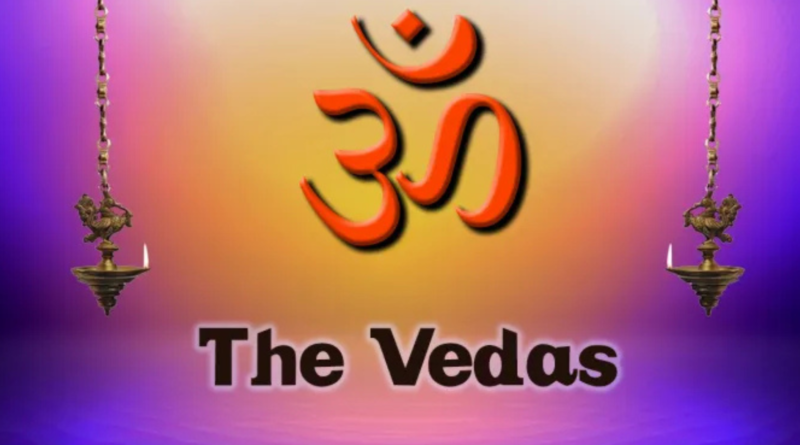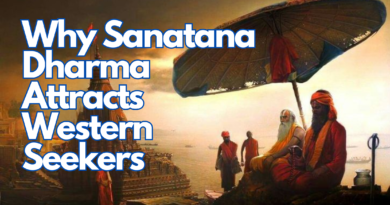🕉️ 1. The Vedas: Eternal Source of Divine Knowledge
1. The Vedas – Foundation of Divine Knowledge
The Vedas are the oldest and most authoritative scriptures of Sanātana Dharma. Composed in Vedic Sanskrit, they are believed to have been revealed to ancient sages (rishis) and transmitted orally for generations before being written down. There are four main Vedas: Rigveda, Yajurveda, Samaveda, and Atharvaveda. Each Veda consists of four parts – Samhitas (hymns), Brahmanas (rituals), Aranyakas (forest texts), and Upanishads (philosophy). The Vedas focus on hymns to deities, rituals, moral values, and spiritual truths, forming the backbone of all Hindu spiritual traditions.
2. The Upanishads – Mystical and Philosophical Wisdom
The Upanishads are considered the spiritual heart of the Vedas. Often referred to as Vedānta (the end of the Vedas), they explore profound metaphysical concepts such as Ātman (the self), Brahman (the ultimate reality), karma, rebirth, and moksha (liberation). Rather than rituals, the Upanishads emphasize inner realization and knowledge of the self. Famous Upanishads include the Isha, Kena, Chandogya, and Brihadaranyaka. These texts are deeply philosophical and are studied by spiritual seekers and scholars around the world.
3. The Bhagavad Gita – A Guide to Righteous Living
The Bhagavad Gita, part of the Mahabharata epic, is a sacred dialogue between Lord Krishna and Prince Arjuna on the battlefield of Kurukshetra. In its 700 verses, the Gita covers essential spiritual teachings on duty (dharma), karma yoga (selfless action), bhakti (devotion), and jnana (knowledge). It is one of the most widely read scriptures in Hinduism and is considered a practical guide to life, blending philosophy, ethics, and spirituality in a way that appeals to both the devout and the intellectual.
4. The Epics and Puranas – Stories with Spiritual Insight
The two grand epics of Sanātana Dharma, the Ramayana and the Mahabharata, are not only literary masterpieces but also moral and spiritual teachings wrapped in captivating stories. They portray the struggles between good and evil, duty and desire, and highlight ideal behavior through divine characters like Rama, Sita, Krishna, and Hanuman. The Puranas, such as the Bhagavata Purana, Vishnu Purana, and Shiva Purana, further elaborate on mythology, cosmology, and the lives of gods and sages, making profound truths accessible to the common person through stories, songs, and legends.




